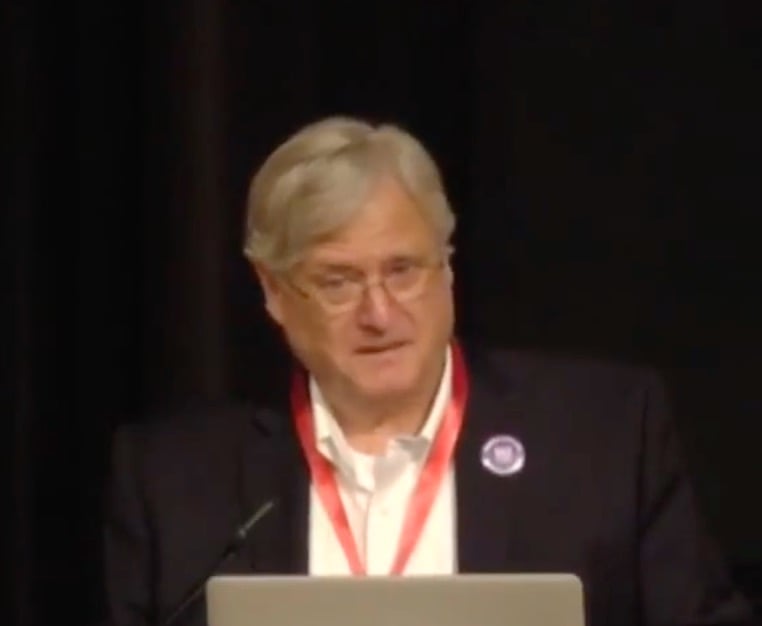Dr. Gail Saltz has a hit book on her hands, and it's called The Power of Different. In addition to being a professor of psychiatry at Columbia University, she grew up with a brother who'd win a Nobel Prize. Gail was kind enough to talk to her about what she learned...
How Herd Aversion Helps Adult Dyslexics [Premium]
“I have herd aversion to the point it’s ridiculous.” – Vince Flynn In our earliest interviews with adult dyslexics in research for our book, a recurring theme of “herd aversion” emerged. Herd aversion or tendency to avoid group think – seems to be a common feature among some of the most innovative and pioneering men and women that we’ve had the pleasure of knowing. Some may point to early childhood experiences of having to “go against the grain” or figure things out on their own, but regardless, as adults, it takes a lot of gutsiness because there can be a lot of messages from the world telling you that they don’t get you or that you’re flat out wrong. Fortunately, there are lots of disciplines […]
Q & A: Can Someone Be Both Dyslexic and Autistic ? [Premium]
QUESTION: Is it Possible to Have Both Dyslexia and Autism? The short answer is yes, but it’s likely not very common and in general many of the features of dyslexia and autism are opposite. By strict criteria, low IQ and autism are excluded from the diagnosis of dyslexia. However, it is not difficult to speculate that a child with family dyslexia could also have autism either through inheritance or through some environmental factor. The main thing to consider is that it may be much more common that a child with dyslexia has social factors unrelated to autism or a child with autism has reading and writing problems unrelated to dyslexia. In fact, typically dyslexic and autistic children have different cognitive, memory, and perceptual patterns although they […]
A New World Shaped by Dyslexics – Thomas G. West
Thanks, Founding Dyslexic Advantage Board Member Tom West for this presentation "A New World Shaped by Dyslexics." Tom is the author of In the Mind's Eye and Thinking Like Einstein for A New World Shaped by Dyslexics for Embrace Dyslexia Symposium in Singapore....
Gwen Stefani The Voice and Dyslexia
"It was such a turning point to find that I had a talent and I had something to contribute, somewhere." - Gwen Stefani, singer, songwriter, fashion designer, actress As a child, Gwen was very creative, performing puppet shows for friends and neighbors with her...
Higher Creativity of Dyslexic Children and Adolescents – New Research [Premium]
“…dyslexic children around the age of 10 years old were found to be particularly creative in our study…” – Kapoula et al. University Paris PLOS One 2016: 11(3). From creativity researchers in Europe, some striking new information about how well dyslexic students and adolescents performed on the Torrance Test of Creativity Thinking compared to non-dyslexic peers. Particularly large differences were noted in the areas of originality and elaboration. Figure 1 shows A, the test prompt, B, the drawing from an art student, C, a drawing from a non-dyslexic student, and D, a drawing from a dyslexic student. “When comparing the most creative group of students (i.e., from ENSAD) and the most creative group of dyslexic children and teenagers (i.e., from BRUXELLES) (Fig 2F, Table 9), the only […]
Why Are So Many Dyslexic Student Good at Science? [Premium]
Nobel Prize winners, MacArthur Geniuses, Engineers of the Century, SiliconValley pioneers, and more. Why are so many dyslexic people exceptional at science and tech? Here are 5 Reasons (there are many more…):


![How Herd Aversion Helps Adult Dyslexics [Premium]](https://www.dyslexicadvantage.org/wp-content/uploads/2016/09/Screen-Shot-2019-09-09-at-10.33.07-AM.jpg)
![Q & A: Can Someone Be Both Dyslexic and Autistic ? [Premium]](https://www.dyslexicadvantage.org/wp-content/uploads/2016/09/dyslexia-autism.jpg)


![Higher Creativity of Dyslexic Children and Adolescents – New Research [Premium]](https://www.dyslexicadvantage.org/wp-content/uploads/2016/03/creativity-dyslexia-our-shutterstock.jpg)
![Why Are So Many Dyslexic Student Good at Science? [Premium]](https://www.dyslexicadvantage.org/wp-content/uploads/2016/03/shutterstock_147597254.jpg)













